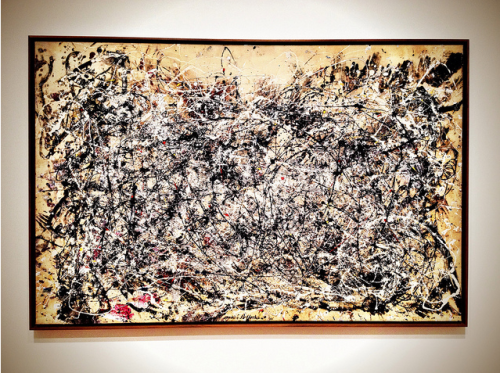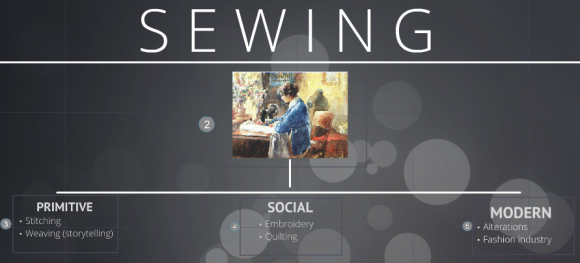put into Epiphany form a scene or memory from personal experience
I like the concept of going back to a scene or memory from personal experience and carrying into that moment something I’ve learned since that point. This appeals to me because I have a terrible memory and therefore the idea of an epiphany (whether major or minor) is terrifying in ways. What if I did have a moment of clarity as a child and now that I’m older, I’ve simply forgotten it? If a “eureka!” moment happens and no one is around to remember it, is it still a “eureka!” moment?
So, going back to a past moment in my life and bringing new information to the table. This would be a prime opportunity to pop back into my old Sunday school classroom and drop a few knowledge bombs onto my unsuspecting younger self, but I feel like that’s another exercise alltogether. Instead, I want to go back to a moment in a library. I spent almost as much time in my small town’s local library as I did in my aforementioned Sunday school classroom. Imagine a figure curled up in one of those horribly designed library chairs with no discernible support whatsoever, surrounded by stacks of books, and you’re at the scene.
The insight I wish to bring to this recast event is fairly simple: enjoy the discomfort of the library chair. A clearer sentiment would detail how time flies. How girls surrounded by stacks of books will grow into young women surrounded by stacks of textbooks. That reading for pleasure is upgraded into reading for education, a sacrifice that is accepted and promoted in society. The concept of time was not entirely unfamiliar to me as an optimistic 8-9-10-11 (fill in the blank) year old, but I thought it dragged on more than it really does.



